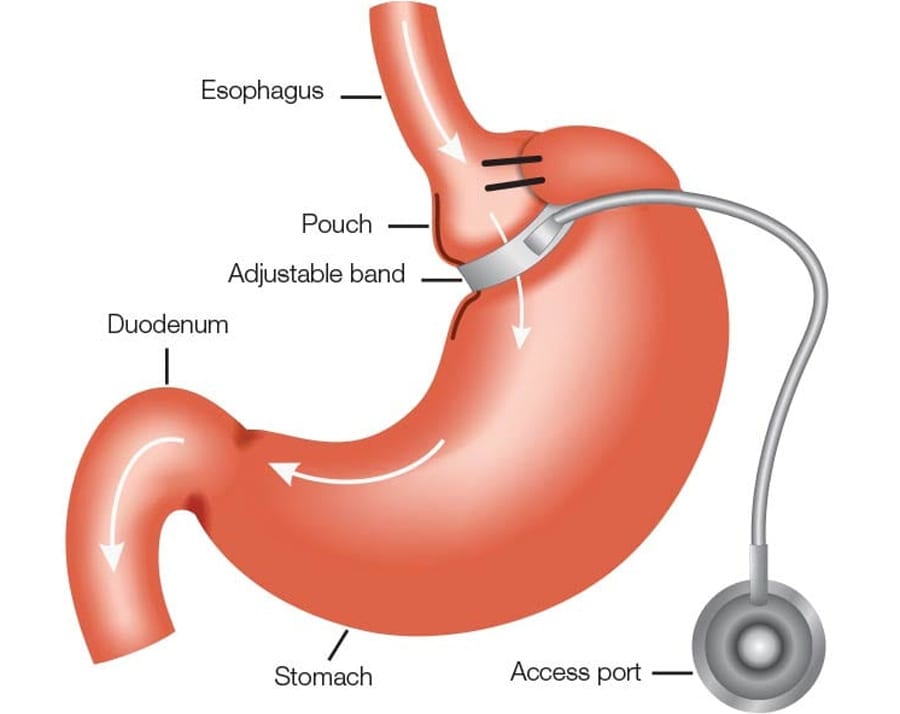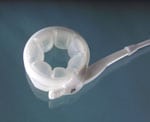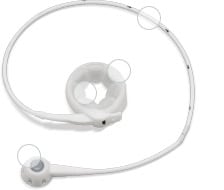The adjustable gastric banding was approved and became widely used in the United States starting in 2002-2004. The early resulting data was acceptable in regards to the excess weight loss and the complication rates associated with it.
As more and more scientific data was published, it became clear that adjustable gastric banding was not as benign or effective as initially thought. The associated weight loss was significantly less for the majority of patients. This information was even present in the literature provided to patients by the manufacturer. Additionally patients started developing delayed complications associated with the band, which include esophageal dysmotility, a worsening of reflux, and continuous nausea and vomiting, in addition to inadequate weight loss.



